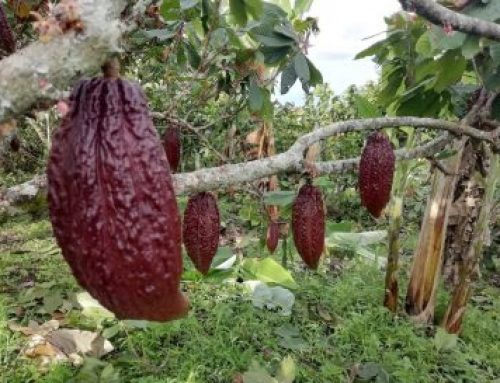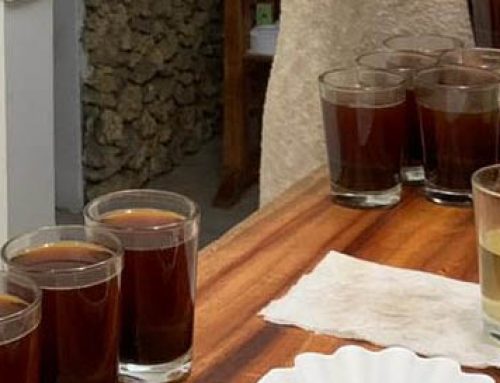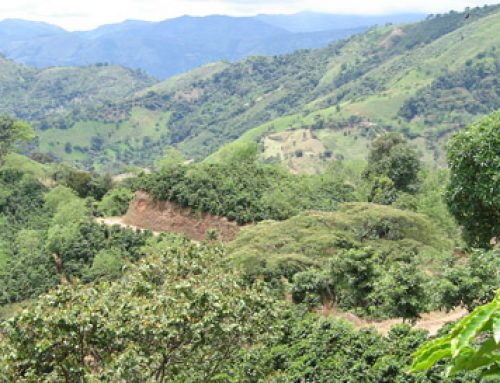Today, the coffee production is one of the most important and interesting operation, which is repeated periodically every year. This process is made up by different phases, each of which is important for the final product.
Cultivation of coffee
Cultivation of coffee is influenced, first of all, by climatic factors, in particular, temperature and rainfall are two important factors that can change the final product. In fact, no variety of coffee can withstand a temperature in the vicinity of 0°C. In particular, for our coffee, temperature of 21°C is considered the most favorable to its growth.
Our variety of coffee is very delicate and vulnerable to pest than other species of coffee’s plants and for this, require a special climate; in fact, it must grow at higher elevation of 1.566 m.a.m.s.l. Our plantations are established in cleared forestland or modified forests. For example, the young coffee plants are spaced in rows so that the density varies between 1,200 and 1,800 plants per hectare.
Our seedlings are carefully cultivated at the beginning of the rainy season and until they start producing fruit three to four years later, their care is limited largely to the trimming required, just to give them a strong and balanced framework and to stimulate fruiting.
Shade-grown cultivation of coffee
Coffee has traditionally been cultivated in the shade of tress, which mimics the natural growing conditions of the plants in a forest. Today, shade-grown coffee is considered more labour-intensive than other types of cultivation. However, this type of cultivation produces a superior flavor in the beans and for this reason, is frequently sold at higher prices.
Harvesting and processing
The time between blooming and maturing of the fruit varies with the variety and the climate. For this reason, the fruits gathered by hand when it is fully ripe and red-purple in color. For example, main harvest of our variety of coffee is between September to December.
Hulling
The cherries of our variety of coffee are processed by disengaging the coffee seeds from their coverings and from the pulp and by drying the seed from an original moisture. All beans must be removed from their fruit and dried before roasting. In particular, there are three different techniques that are used for processing the coffee: the dry or natural process, the wet process and the hybrid process.
The dry process
The dry process is considered the oldest and simplest method of processing coffee. After the fruits have been sorted and cleaned, they are placed in the sun to dry. During this period, the cherries are frequently raked or turned by hand to shift them into the driest surface, to prevent fermentation. This process may take several days or up to four weeks, because is a critical process that need time.
The wet process
The wet process requires more equipment than dry process but with this type of method, beans are preserved and, at the same time, are more homogeneous than other processes. Today, most Arabica coffees are produced by this method.
The pulped natural process
This is the third method and is considered a hybrid of wet and dry processing. With this process, pulps are removed mechanically, but beans are dried without any intermediate fermentation and the mucilage is not removed until after drying.
The coffee resulting from these processes is called ‘’green coffee’’ and is ready for roasting.
Storage
The prolonged storage of coffee in the producing countries presents problems, especially in the warm and humid coastal regions, where molds and parasites may develop and cause damage: for this reason, coffee from these areas is exported as quickly as possible.
Grading
Each coffee-producing country has a certain number of defined types and grades based on characteristics such as growing altitude and region, botanical variety, method of processing, roast appearance, and bean size, density, and defects. For example, our variety of coffee is composed by a pronounced and fruity notes fragrance, a high level of acidity, a medium body and a persistent residual flavor: all of these features derive from the cultivation area.







